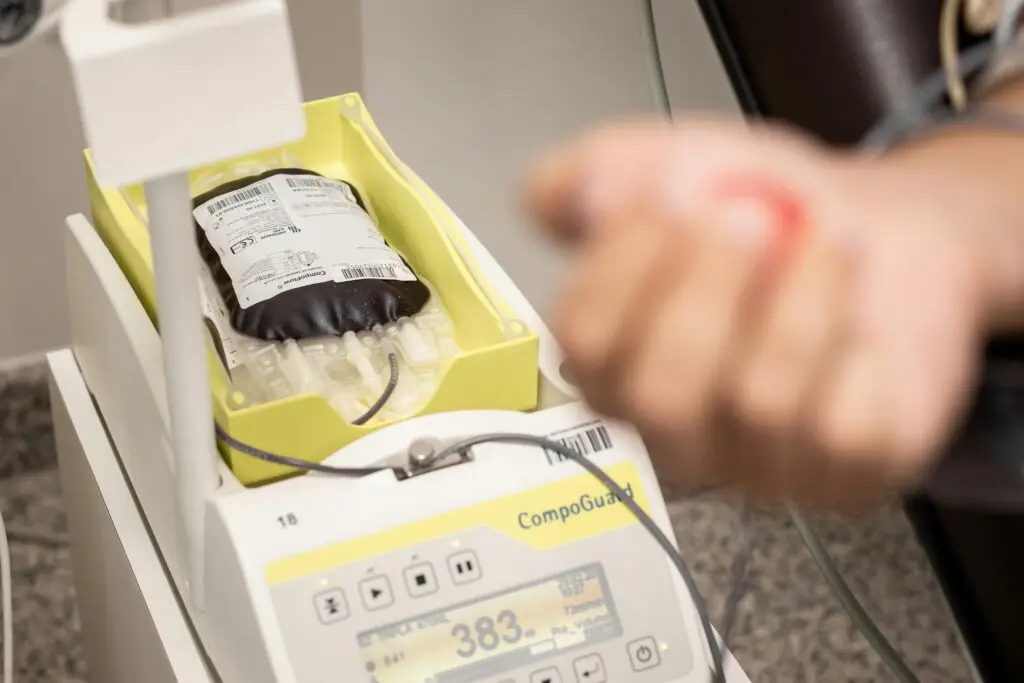HEMORRHOIDS: CONSERVATIVE MANAGEMENT AND CLASSIFICATION
Hemorrhoids are a common condition with varying symptoms and treatment options depending on their severity and type. Here’s an overview of their classification and conservative management: Clinical Features of Hemorrhoids Types of Hemorrhoids Medical Therapy Surgical Indications Classification of Internal Hemorrhoids Treatment Options Hemorrhoidectomy:
HEMORRHOIDS: CONSERVATIVE MANAGEMENT AND CLASSIFICATION Read Post »







